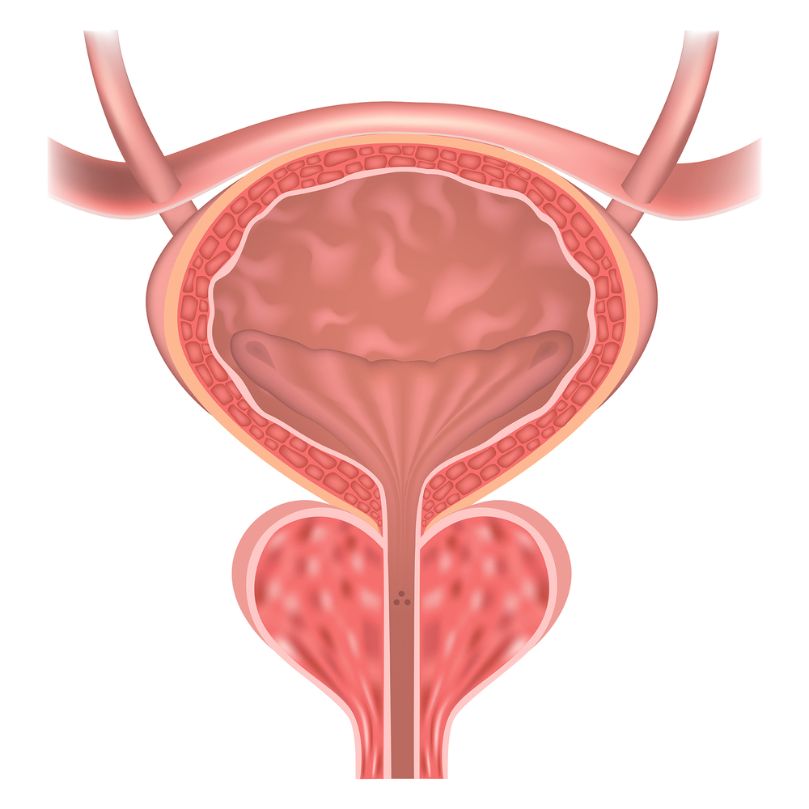The prostate gland is a small organ in the male reproductive system. It’s found below the bladder and surrounds the top portion of the tube that drains urine from the bladder (the urethra). The prostate secretes a slightly alkaline fluid that forms part of the seminal fluid that carries sperm. During male climax, the prostate helps propel this fluid with sperm out through the tip of the penis during ejaculation.
Prostate cancer is an abnormal growth in the prostate gland that can become cancerous. All cancers start somewhere in the body and, over time, may spread to other parts of the body. When prostate cancer stays within the prostate gland, it is called localized prostate cancer. When the cancer starts in other places in the body, it is called metastatic prostate cancer.
A prostate is a gland that’s partly muscular and partly glandular, with ducts opening into the prostatic portion of the urethra. The gland has a center lobe and one lobe on each side. It’s about the size of a walnut and is located in the lower abdomen behind the bladder. You can feel it with your finger if you stick it in the back half of your perineum (the area in front of your rectum). It feels soft or rubbery.
Most men’s prostates grow throughout their lives. The growth is usually fuelled by the same sex hormones that cause the testicles to go through their own growth spurt during puberty. This growth can eventually enlarge the prostate so it pinches off the urethra, blocking urine flow. Luckily, most prostate growth isn’t caused by cancer, but it does become more common with advancing age. Benign prostatic hyperplasia, or enlarged prostate, is an expected part of the aging process that can make it difficult for many men to urinate normally.

Several cell types are present in the prostate, including epithelial cells that line the ducts and the surrounding stroma of the gland. The stroma is made up of smooth muscle fibers, nerves, fibroblasts, immune cells and blood vessels.
The epithelial cells secrete proteins that help to form the basement membrane of the ducts, while the stroma provides structure and elasticity to the gland. These two major groups are separated by a layer of connective tissue that’s known as the transition zone.
The stroma also contains a protein called PSA (prostate-specific antigen), which is produced by cells in the prostate. During puberty, PSA is made by androgens (male sex hormones). Androgens reach the prostate through a series of steps involving an enzyme known as 5-alpha reductase. When 5-alpha reductase is inhibited, the prostate grows less. This is why the enlarged prostate is also referred to as benign prostatic hyperplasia or BPH. Inhibiting 5-alpha reductase with medications reduces the amount of testosterone reaching the prostate, resulting in a smaller prostate and sometimes alleviating urinary symptoms. There are several over-the-counter and prescription drugs that can help with BPH. Some of the most effective are alpha blockers and tamsulosin, which relax the muscle fibers in the prostate that contract during urination.









